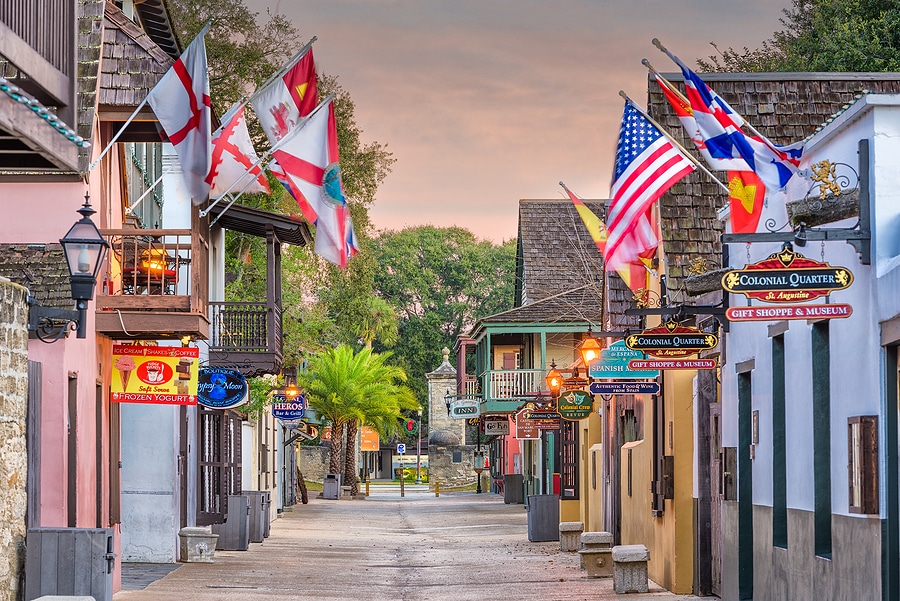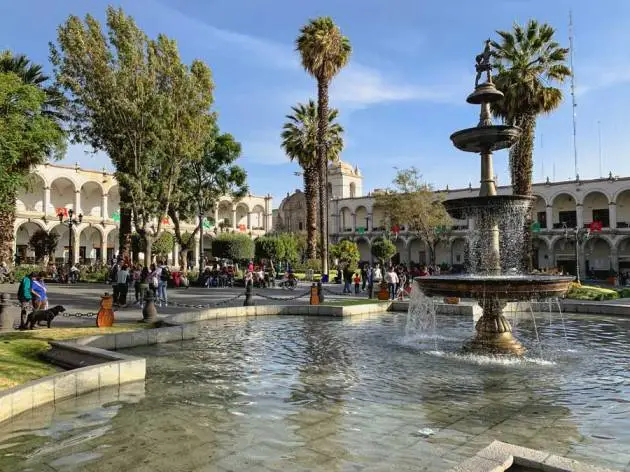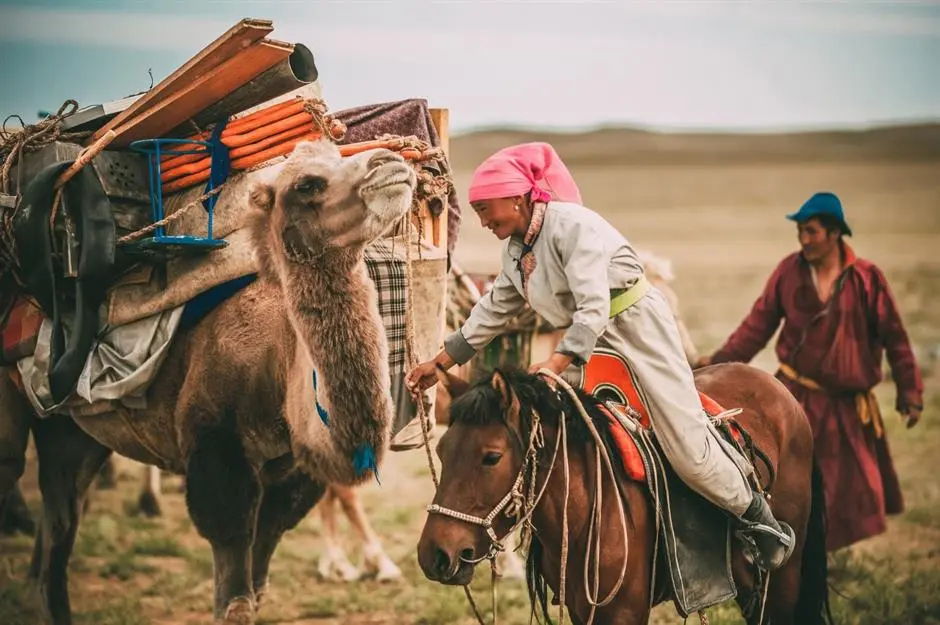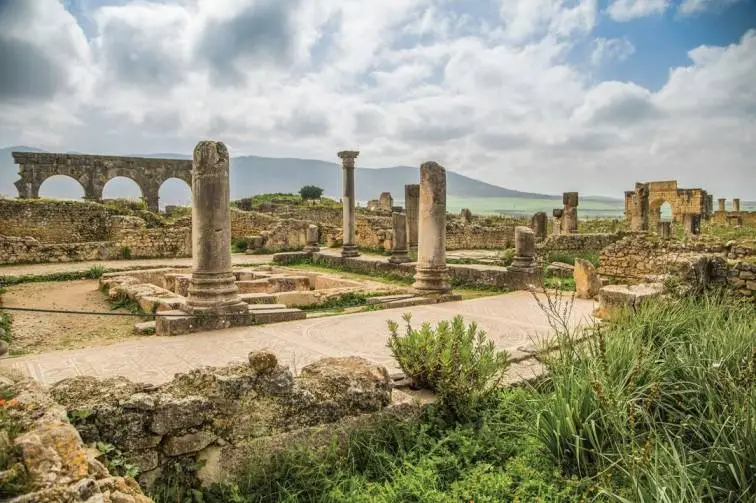Worlds Oldest Cities And Their Newest Residents
.webp)
Golden oldies
From millennia-old metropolises in the Middle East to ancient settlements in South America, cities all around the world provide extraordinary testament to human history. While narrowing down the world's oldest cities would be nearly difficult, we've compiled a list of towns that are at least worthy competitors, as well as several that are the oldest in their respective areas. It should be noted that some of these cities are not currently safe to visit; please check with your authorities before traveling.
Sydney, New South Wales, Australia
Sydney is Australia's oldest and largest city, while being a relative newcomer to some of the others on the list. Sydney (then known as Sydney Cove) became Australia's first non-Aboriginal colony in 1788, when the English naval Arthur Phillip claimed it. Named for the British home secretary at the time, the city was a prison colony for almost 80 years before becoming a modern metropolis. Some of Sydney's oldest structures, including the Australian Museum, St James Church, and Hyde Park Barracks (pictured), are still open to the public.
St Augustine, Florida, USA

Saint Augustine is the oldest continually inhabited European-founded city in the contemporary United States. It was founded by Spain in September 1565, when Don Pedro Menendez de Aviles discovered the country on St Augustine's feast day. Today, a number of historic buildings remain in the city, including Castillo de San Marcos (pictured), the oldest masonry fort in the continental United States, and Fort Mose Historic State Park, which marks America's first legally sanctioned free African colony.
St John’s, Newfoundland and Labrador, Canada
Newfoundland and Labrador's provincial capital is one of North America's oldest and most easterly cities. It is also believed to be the oldest in Canada, with the first European explorer, John Cabot, arriving in 1497. The Cabot Tower (shown) was erected to commemorate the 400th anniversary of his expedition. England seized the territory in 1583, although it did not become a permanent colony until the early seventeenth century. Some of the oldest streets in the Americas still connect St. John's, which is now a colorful and characterful maritime city.
Quito, Ecuador
Quito is often regarded as South America's oldest continuously inhabited city, as well as the continent's oldest capital. The Cara people are commonly credited with founding the city, which is estimated to have occurred about AD 980, while evidence of human presence dates back far longer. The city was taken first by the Inca Empire in the 15th century, followed by the Spanish in the 1530s. Much of the architecture of Quito's UNESCO-listed old town (shown) dates back to the colonial period.
Cholula, Mexico

Cholula is where numerous strata of Mesoamerican history intersect, including the Great Pyramid of Cholula, the world's biggest pyramid by volume. The city began as a significant pre-Spanish community dedicated to Quetzalcoatl, a divinity commonly represented as a feathered serpent. The deity was previously honored with a temple atop the Great Pyramid. Cholula, which was created between AD 100 and 600, is today a melting pot of opposing civilizations, with colonial Spanish churches built on top of each ancient temple.
Gyeongju, South Korea
Gyeongju served as the capital of Silla, one of three ancient kingdoms that coexisted in the southern Korean peninsula from the first century BC until the tenth century AD. It reached its pinnacle in the 800s, with a population of one million and around 180,000 dwellings. Today, the city retains a number of its previous cultural treasures, including the Bulguksa Temple (shown) and Cheomseongdae's time-worn observatory tower (East Asia's oldest). The city is currently a forward-thinking technological powerhouse.
Djenne, Mali
Djenne is one of sub-Saharan Africa's earliest known urban towns, having been inhabited since 250 BC. It was a wealthy mercantile city in antiquity and a significant connection in the trans-Saharan gold trade before developing as a major Islamic center in the 15th and 16th centuries. Its Grand Mosque (pictured) is the world's biggest mud-brick construction, erected in 1907 to replace an earlier building that was most likely built in the 13th century. The Old Towns of Djenne, a World Heritage Site, have been on UNESCO's danger list since 2016.
Berat, Albania

Berat, sometimes known as 'the town of a thousand windows', is far older than its stacks of Ottoman homes (shown). The little city is built on the site of an earlier Macedonian village that was established in antiquity. Antipatreia was founded in the third or fourth century BC. Before the Ottoman Turks took control, it was part of the Roman and Byzantine empires, as well as being ruled by Bulgarians and Serbs. Berat Castle, the Red Mosque, and the Ethnographic Museum are must-see attractions for history aficionados visiting today.







.webp)










